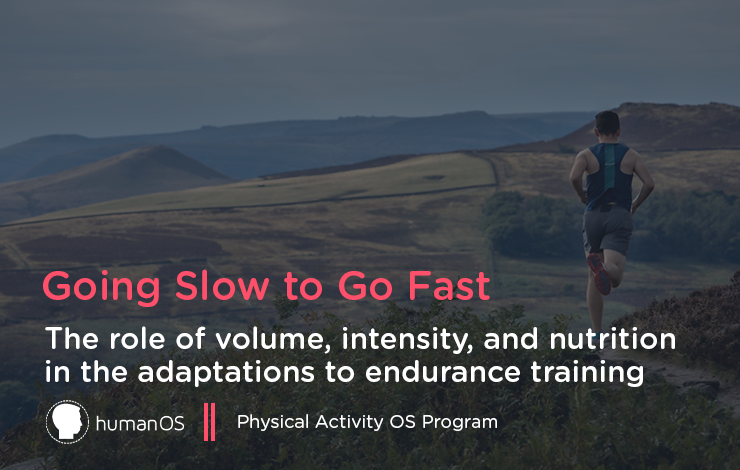Course
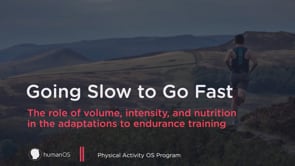
02:55

02:33
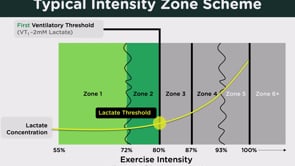
03:01
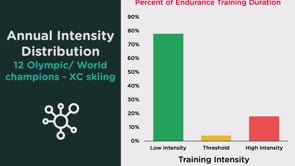
01:50

04:04
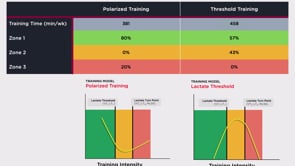
03:57

03:39
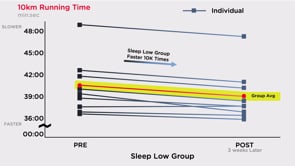
03:03
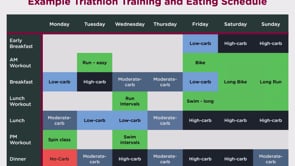
04:01
Course Overview
Endurance training is a popular form of exercise that can improve overall health and performance. It involves manipulating the training volume and intensity to achieve desired outcomes. This course examines the effects of training volume, training intensity, and diet on the response to endurance training.
The first lesson introduces the concept of going slow to go fast. It explains the importance of mitochondria, which are the powerhouses of the cell, and how manipulating training volume and intensity can improve mitochondrial function and in turn, enhance endurance performance.
The second lesson dives deeper into the concepts of training volume and intensity. It looks at a typical training intensity zone scheme and explains that breaking it down into three zones - easy, medium, and hard - makes it easier to understand and follow. It also explains how top endurance athletes rarely train at marathon pace and how they usually spend 80% of their training in the green zone far below marathon speed.
The third lesson takes a closer look at how manipulating the two key variables of training volume and intensity can improve mitochondrial function. It explains how the green zone below marathon speed is the most beneficial for increasing endurance.
The fourth lesson focuses on elite athletes and how their training logs closely mirror the intensity distribution discussed in the third lesson.
The fifth lesson examines the size and function of mitochondria in relation to training volume and intensity. It explains that as the training volume increases, the number of energy-producing mitochondria will also increase. It also explains that too much exercise volume at too great of an intensity can be exhausting and not energizing, and it will be harder to recover from the stimulus. Therefore, it is important to make most of the workout sessions easy to maximize the size of the energy factories and still be able to recover.
